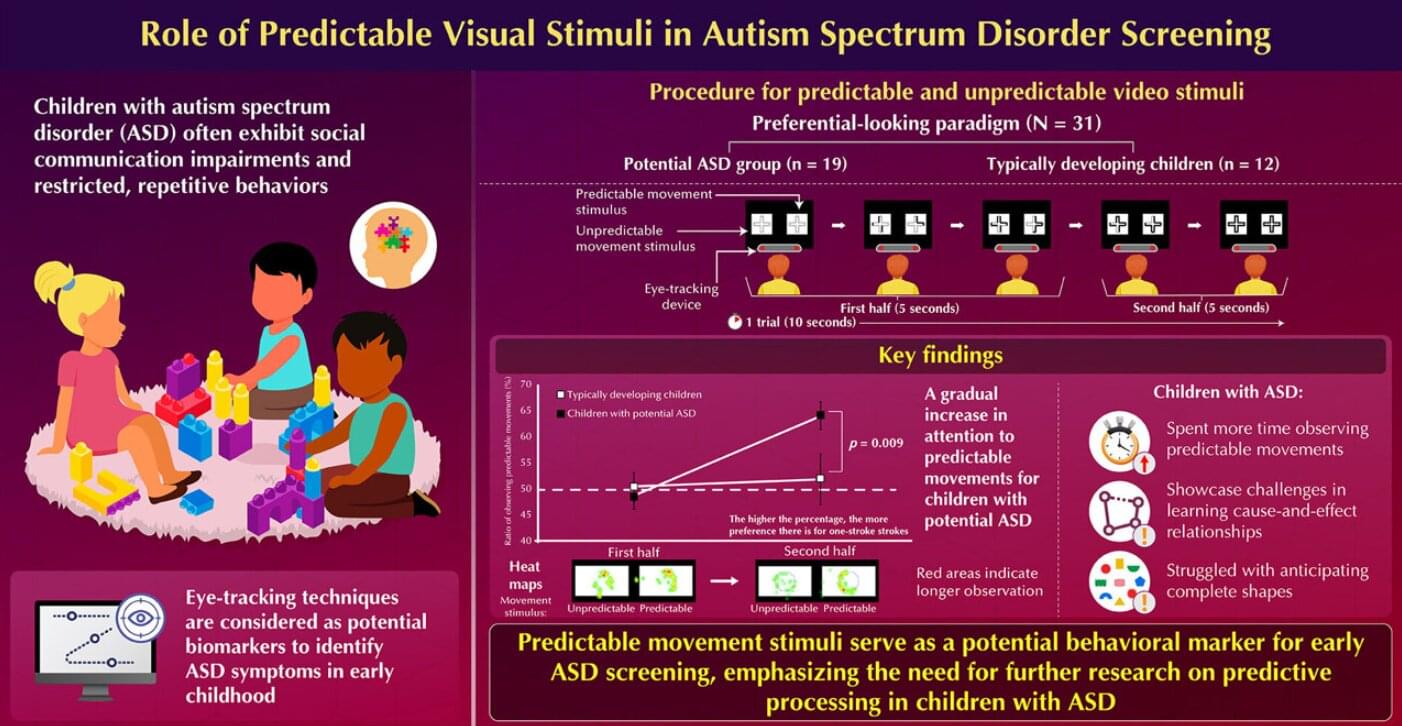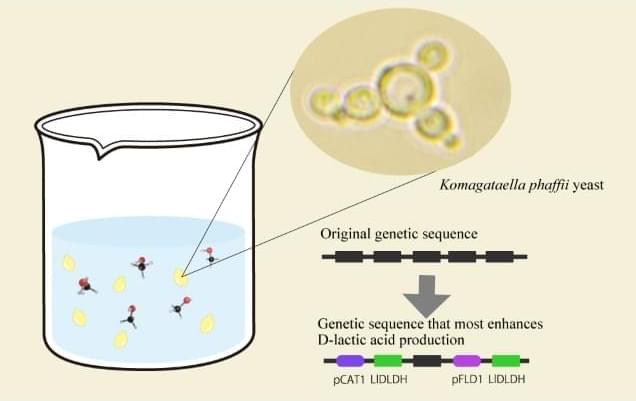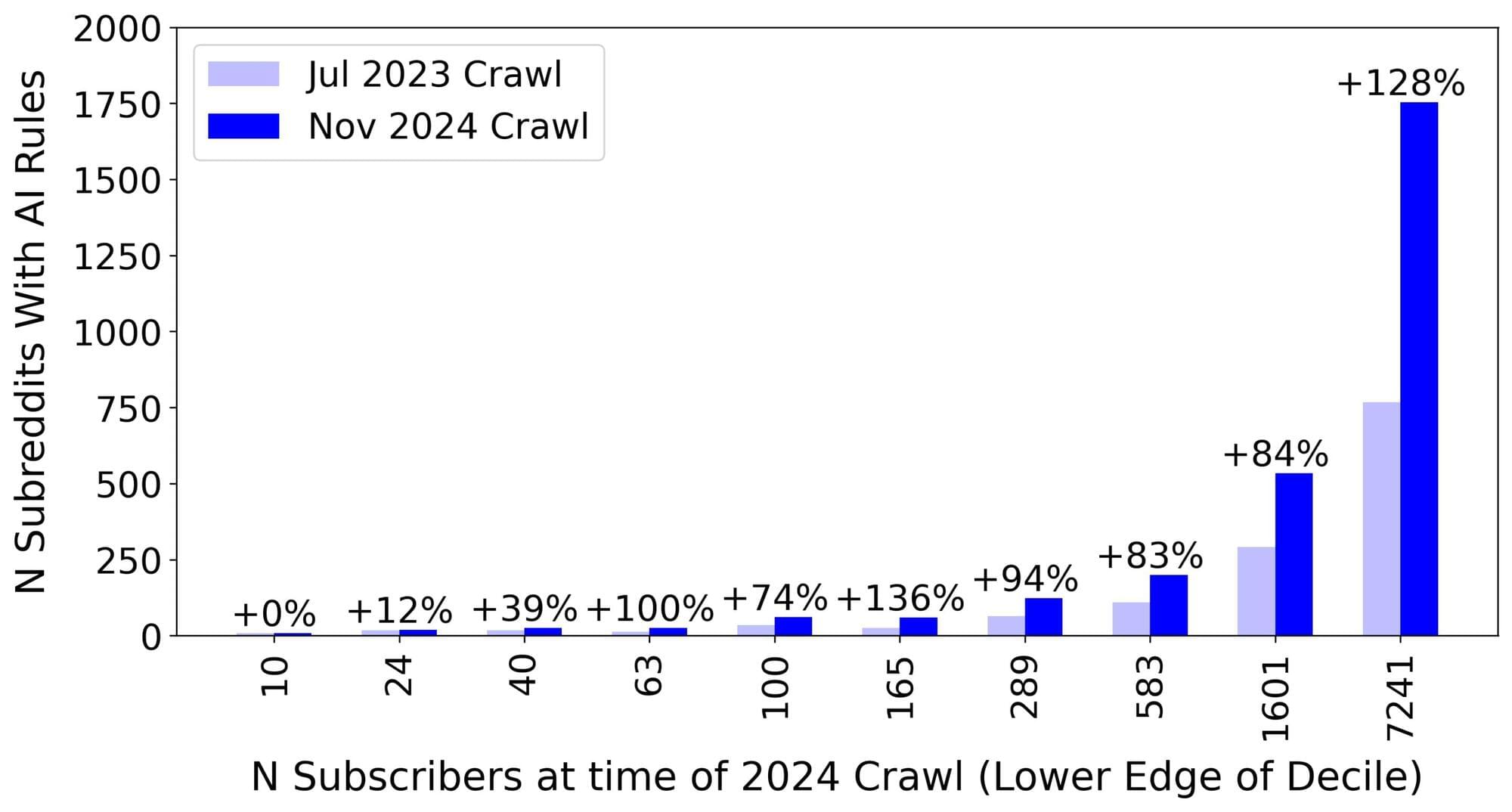Children with autism spectrum disorder (ASD) often experience social communication impairments and engage in restricted and repetitive behaviors (RRBs). Early identification of these symptoms is critical for timely intervention, but detecting RRBs, in particular, remains a challenge.
Previous studies using eye-tracking methods have revealed that children with ASD tend to favor non-social stimuli over social ones, a preference that aligns with ASD symptoms. However, the developmental timeline of this preference—especially regarding repetitive versus random movements—remains poorly understood.
Research has shown that children with ASD may spend more time observing repetitive movements, a key characteristic of RRBs, but the underlying reasons for this preference and how it evolves over time remain unclear. This gap in understanding presents a significant challenge for accurately diagnosing and addressing the sensory and behavioral traits associated with ASD in young children.









